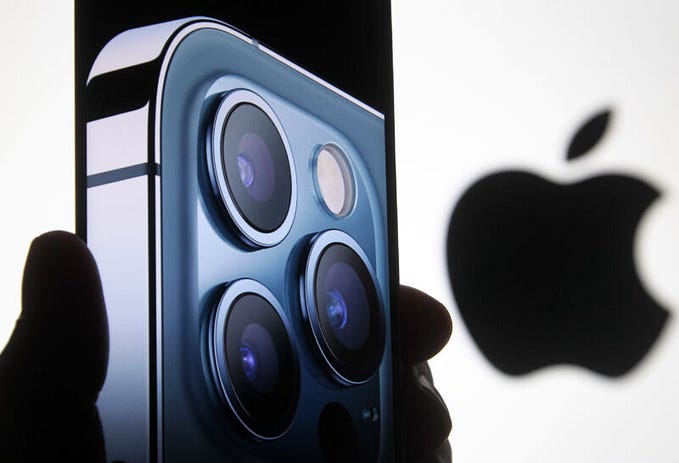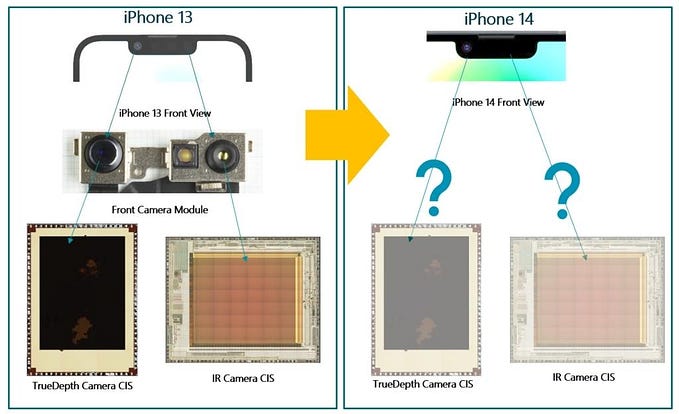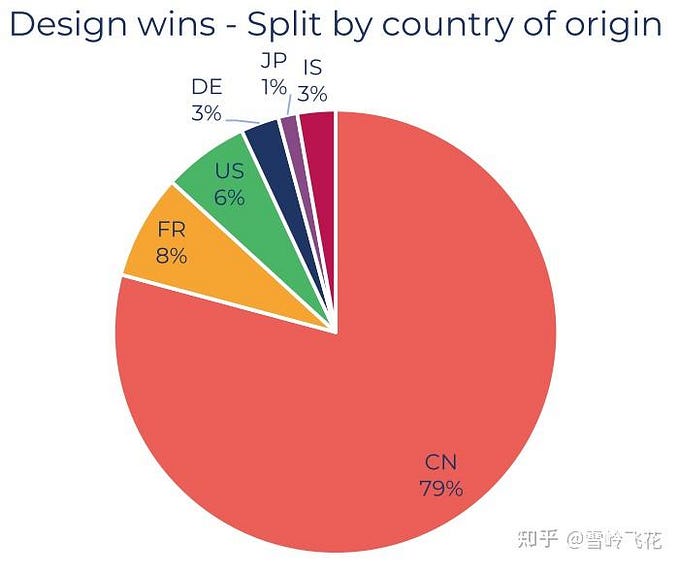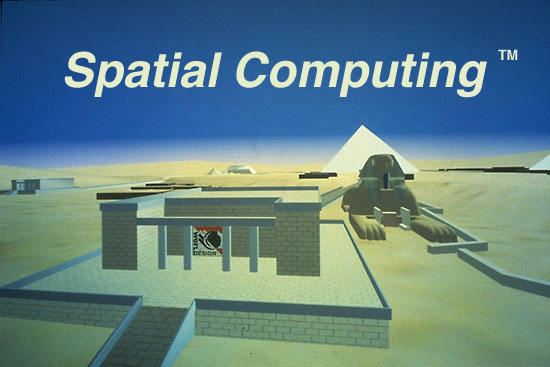FMCW LiDAR vs. ToF LiDAR
FMCW lidar: a good alternative, with many questions to be answered.
Frequency-modulated coherent lidar promises to collect more of the data computers need to drive cars — the challenge is to bring down costs and improve performance.

FIGURE 1. The outgoing laser beam of an FMCW lidar is chirped repeatedly in frequency (top), with each scan shorter than the time needed for laser light to make a round trip to the object (center). The continuous beam is scanned across the field of view, with a small fraction returned to the receiver that mixes light from the laser transmitter, as shown in the inset at bottom.
FMCW lidar technology is advancing, but it remains challenging. “We’re not going to tell you that we are looking out to 200 meters today with optical phased arrays,” says Crouch. He says phased arrays are a few years out, but is optimistic about the future of automotive applications, adding that “The long game is to get the cost of lidars low.”
Yet others worry that FMCW lidar may be too complex and costly for autonomous vehicles. There are a lot of tradeoffs between time-of-flight and coherent lidar, says Umar Piracha of Imec, an international R&D and innovation hub headquartered in Belgium, which has been working on both types. “FMCW gives you extra gain by mixing the faint return signal with the reference oscillator, making the receiver more sensitive. If you get a tiny amount of power from reflection off a black car far away, coherent detection can amplify the signal to spot it,” he says. That saves money by allowing receivers to use $1 p-i-n silicon detectors instead of costly avalanche photodiodes or silicon photomultipliers needed in pulsed lidars.
Yet Piracha adds that a FMCW lidar “requires a tunable laser with good polarization control and very long coherence length.” He warns of reduced sensitivity from speckle noise and high costs from overall system complexity. “The real question is how applicable and easy it is for use in self-driving cars,” he says. “While time-of-flight systems have seen greater overall interest due to their simplicity, the answer is not really clear.”
More info at https://www.laserfocusworld.com/home/article/16556322/lasers-for-lidar-fmcw-lidar-an-alternative-for-selfdriving-cars








